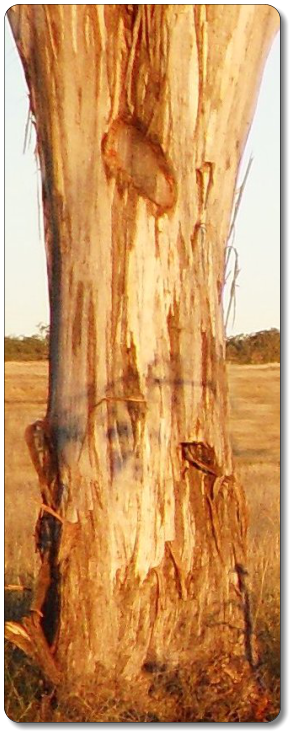© Copyright 2011 Julianne Dodds



Timber, Veneer and Plywood
1901 - 1969
Timber Resources
Logs for the mills were obtained mainly from
southern Queensland but the supply extended as
far north as the Atherton Tablelands near Cairns.
Timber was one of Far North Queensland’s biggest
and earliest industries. By 1919, millions of feet of
cut logs were being sent by trucks and rail from the
Ravenshoe and Yungaburra areas on the Atherton
Tablelands to Cairns sawmills. Shiploads of timber
were then forwarded on to southern ports. Maple,
Kauri Pine, Red Cedar, Silkwood, White Beech and
Black Pine were some of the native rainforest
timbers hewn from the tablelands beyond Cairns.
Rankine Timber & Truss began operation in 1926
when its founder, Mr. J. M. Johnstone, began the
business in Ravenshoe in Far North Queensland.
For many years the Rankine family owned Cairns
Timber, situated at Yungaburra on the Atherton
Tablelands. Unfortunately, the Yungaburra mill closed down around 1989 and was later destroyed by a fire.
All that remained was rusting machinery. Lying amongst the rusty relics was a lathe that cut Satin Oak
timber for the grand ship, Queen Mary. In its heyday, the mill built boxes for butter for the Malanda Butter
factory. What remained of the mill was heritage listed but these historic relics were further destroyed after
Cyclone Larry swept through the Tablelands in March 2006.

Rusting lathe with boiler in background at Cairns Timber in
Yungaburra.
Photo taken by author in 2001.
The need for timber conservation
The growing use of softwoods for Australia’s plywood industry meant that pine timber was running out.
It was predicted that the plywood industry had only ‘a few years to live’, as far as pine and maple were
concerned. In 1925 the Forestry Board urged timber conservation and replanting when it was forecast
that in 25 years there would be no softwoods left in Queensland unless replanting commenced
immediately.
By 1926, there were eight plywood plants in the State, using six million super feet of timber, mostly
hoop pine. The beginning of the native conifer planting program in the 1920s was a wise reaction to
Queensland's rapidly diminishing softwood resource. The early plantations were of native species such
as hoop pine, which required fertile sites that were also in demand for settlement and agriculture.






























